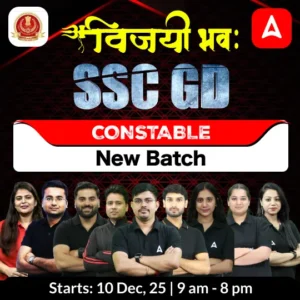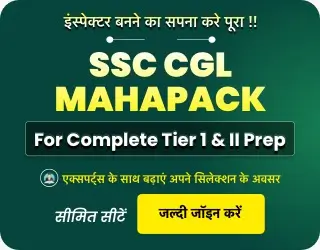The SSC CGL (Staff Selection Commission – Combined Graduate Level) exam is one of the most competitive government exams in India. Among its four major sections, the General Awareness (GA) section often plays a key role in boosting overall scores because it is less time-consuming compared to reasoning or mathematics. However, many aspirants face confusion regarding the focus area within GA—Static GK vs Current Affairs. This article will help you understand their weightage and how to balance your preparation.
Importance of General Awareness in SSC CGL
The GA section in SSC CGL Tier 1 consists of 25 questions, carrying 2 marks each, totalling 50 marks. Unlike reasoning or quant, which require calculations, the GA section tests your factual knowledge and awareness. This makes it a high-scoring area if prepared properly.
Topic-Wise Weightage in General Awareness
Based on recent trends and previous year papers, here is the average distribution of questions under the GA section:
| Topics | No. of Questions (Range) |
|---|---|
| Biology | 0 – 2 |
| Chemistry | 1 – 2 |
| Physics | 0 – 2 |
| Geography | 1 – 2 |
| Economy | 1 – 5 |
| History | 1 – 5 |
| Indian Polity | 1 – 3 |
| Current Affairs | 2 – 5 |
| Static GK | 2 – 3 |
From the above data, it is evident that Current Affairs and Static GK are two of the most common and frequent components in the GA section. However, their depth and style of preparation are very different.
Marks Distribution Based on Actual Shift
In one shift’s analysis of 2024 Exam, the GA section showed the following:
- Current Affairs is asked in a range of 2 to 5 questions.
- Static GK appears in 2 to 3 questions.
This clearly suggests that in some shifts or years, Current Affairs can dominate the paper. However, Static GK still has its place in every shift.
Difference Between Static GK and Current Affairs
| Criteria | Static GK | Current Affairs |
|---|---|---|
| Nature of Questions | Fixed, factual | Dynamic, recent |
| Topics | Important days, books/authors, dams, national parks, currencies | Government schemes, appointments, awards, summits, sports, reports |
| Source | NCERTs, Lucent GK, Yearbooks | News apps, Monthly magazines, YouTube analysis |
| Preparation Style | One-time preparation + revision | Needs daily/weekly updates |
| Shelf Life | Long-term | Short-term (last 6–8 months focus) |
Which Is More Important in SSC CGL?
Looking at the overall trends, Current Affairs tends to carry slightly more weightage in many shifts. Some years see as many as 5 questions from this section. On the other hand, Static GK contributes 2–3 questions, which cannot be ignored either.
So, if you are targeting maximum marks in the GA section, your preparation should be smart:
- Current Affairs: Prioritize the last 6 months of events. Use monthly PDFs, daily news analysis, and weekly quizzes. Focus on schemes, appointments, awards, international news, and government programs.
- Static GK: Revise from standard notes or books like Lucent. Make quick notes for important static facts and revise them regularly.
Smart Strategy for SSC CGL GA Preparation
- Make a schedule: Allocate 30–45 minutes daily for GA.
- Start your day with Current Affairs: Read a daily current affairs digest or watch a short video summary.
- Keep one Static GK topic per day: For example, Monday – Important Days, Tuesday – Books & Authors, Wednesday – Dams & Rivers, and so on.
- Attempt daily quizzes: This will help in retention and also show you which type of questions are commonly asked.
- Revise regularly: GA requires more revision than one-time learning.
To score well in SSC CGL, you cannot ignore either Static GK or Current Affairs. However, based on recent exam patterns and analysis:
- Current Affairs holds more weightage in Tier 1.
- Static GK remains a fixed portion, contributing a few predictable questions.
By maintaining a balanced approach and consistent revision, you can master both areas and boost your score in the General Awareness section.

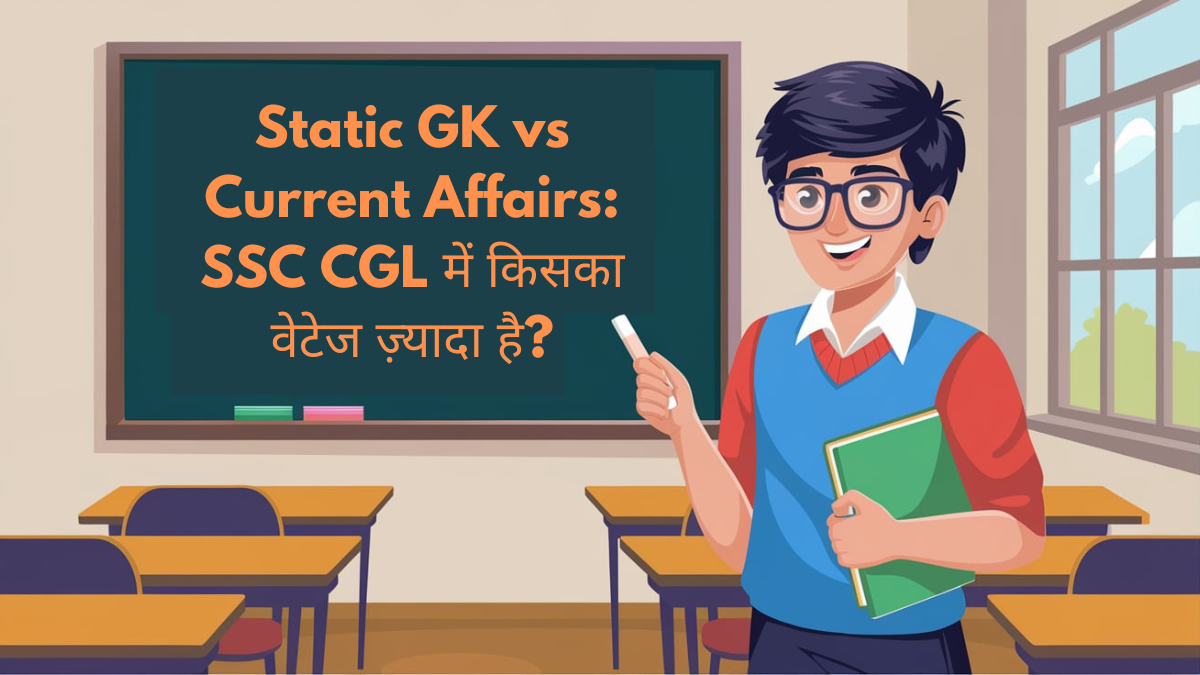
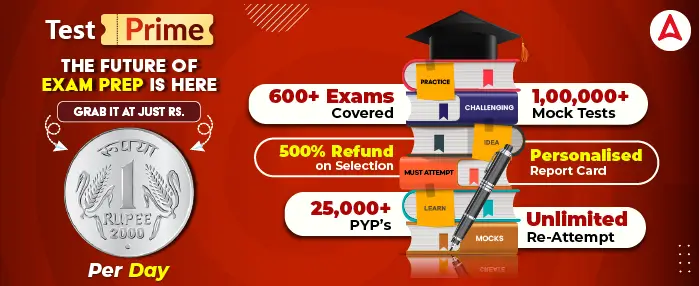
 How can I get selected for Delhi Police ...
How can I get selected for Delhi Police ...
 SSC CHSL Vs. SSC CGL – What Changes in S...
SSC CHSL Vs. SSC CGL – What Changes in S...
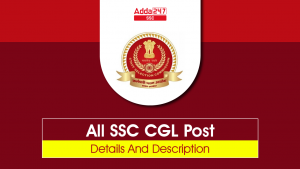 SSC CGL Posts List, Job Profile, Salary ...
SSC CGL Posts List, Job Profile, Salary ...
